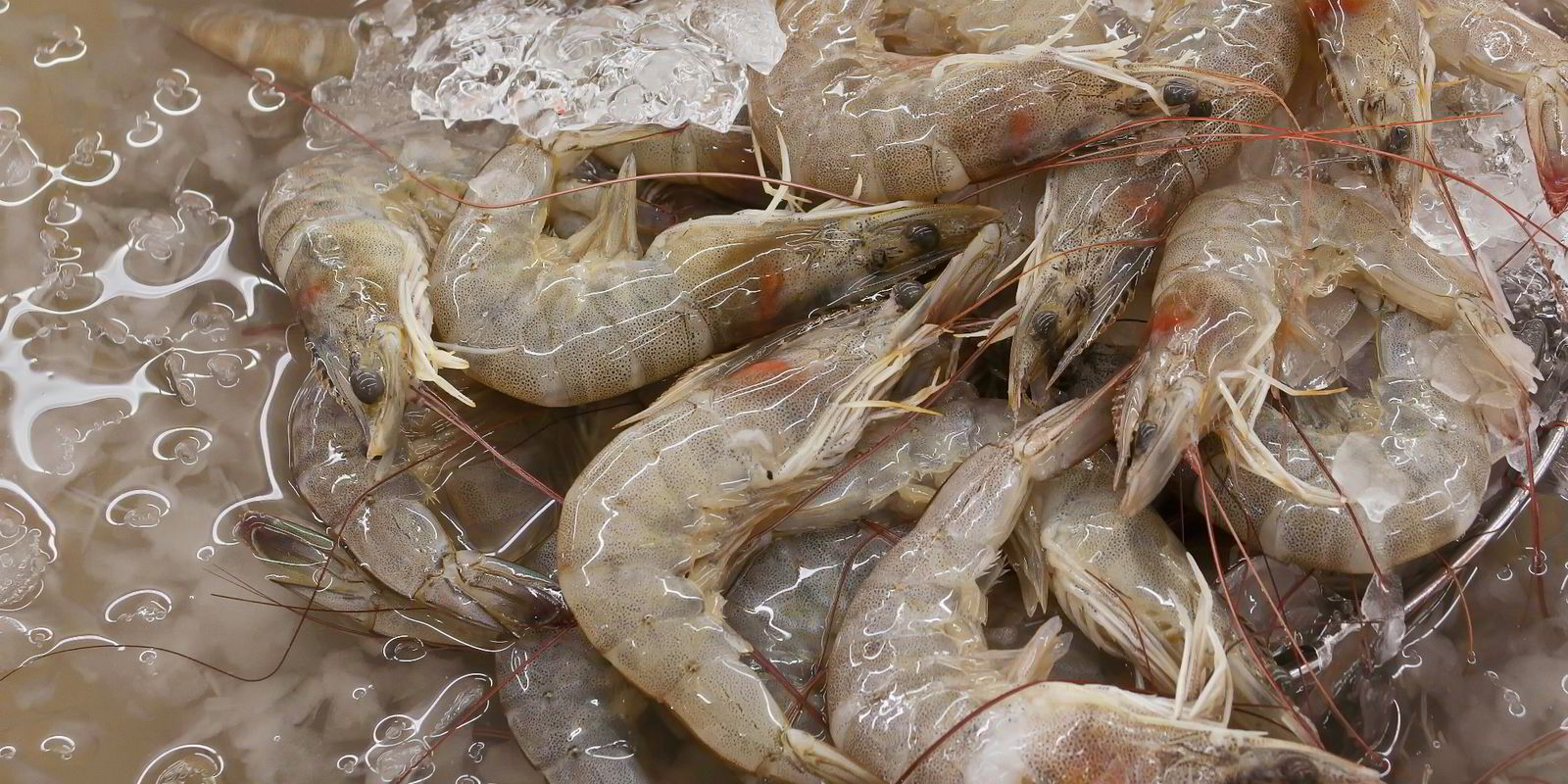Even as it secures new export markets, China’s aquaculture sector is also facing huge existential challenges. Aquaculture has long been based on volume, but quantity-driven production is increasingly challenging due to higher labor costs and a shortage of land.
The tilapia industry saw a worrying 46 percent fall in investment in the first half of this year while input of seedlings into Chinese ponds fell almost 12 percent on the same period last year, according to data compiled by the agricultural ministry.
The fall-off is partly explained by weaker prices for tilapia from key export markets in 2015. But more fundamental problems are also at play.
With land and seashore in increasingly limited quantities, China’s aquaculture industry and officials have sought to raise yields and quality of shrimp and farmed fish. Improving seedlings is a new priority for government, agriculture ministry official Yuan Xiaochao told attendees at this year’s annual fisheries conference. Yuan introduced the ‘Number 21 Document’ which lists a range of grants and research projects -- among them a list of approved national aquaculture demonstration farms and a list of high-yielding tilapia seedlings.
China spreads know-how through the National Fisheries Extension Services, another wing of the agriculture ministry’s fishery bureau. Its head, Li Kexin, has encouraged big regional players like Baiyang, Guolian and Tongwei to patent new seedlings and to serve as models for smaller-scale farmers.
